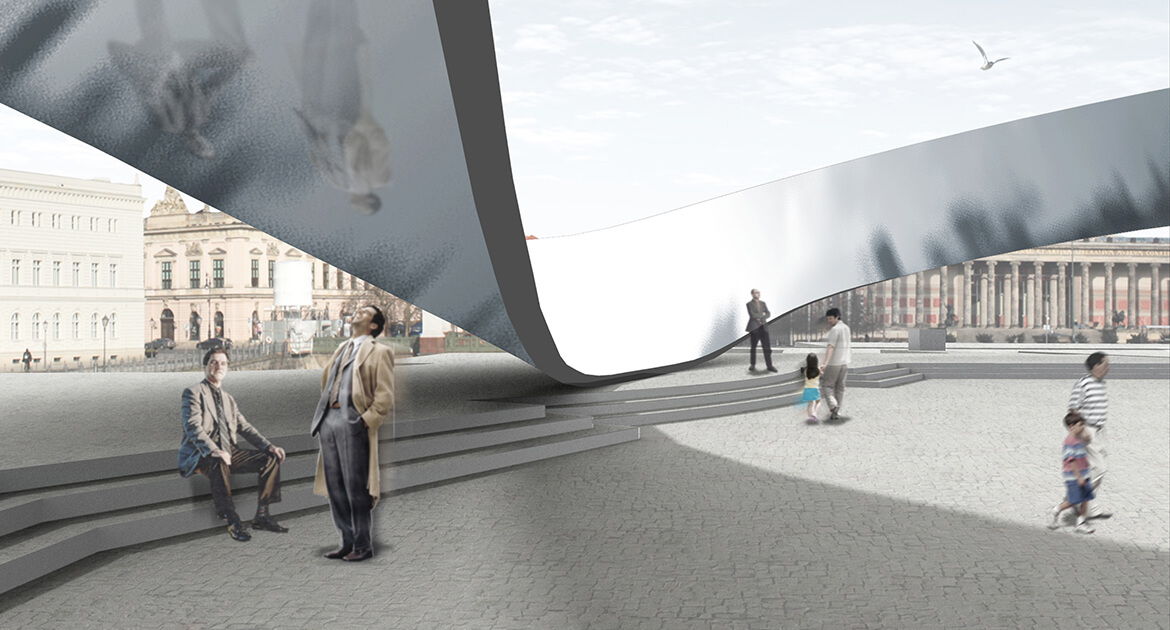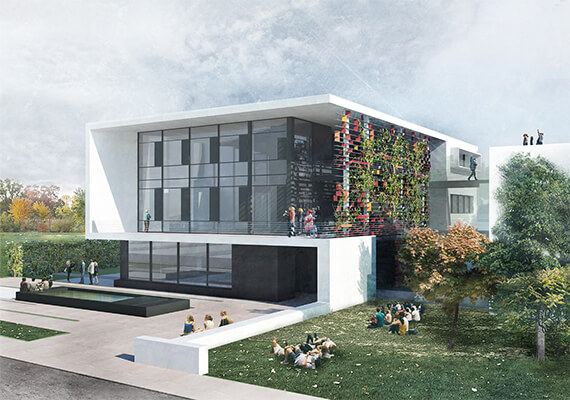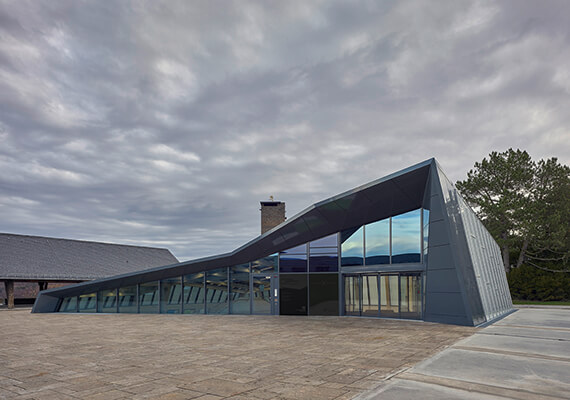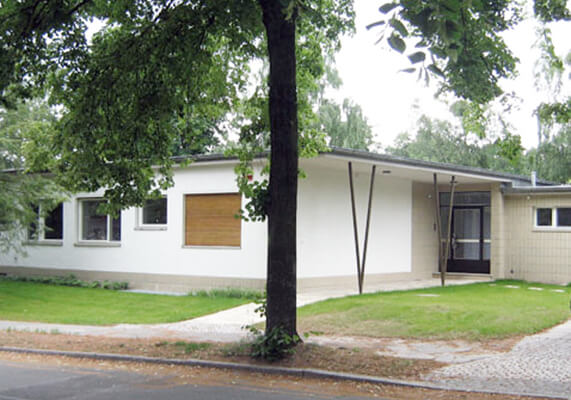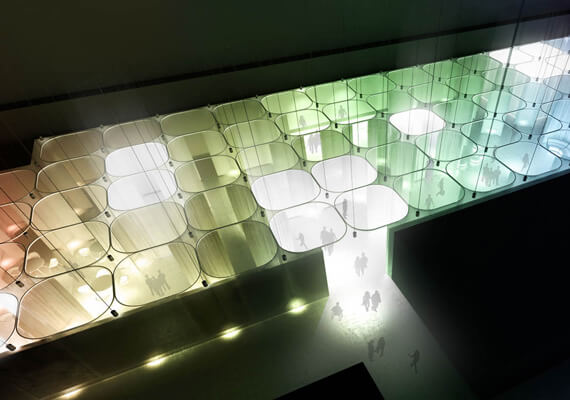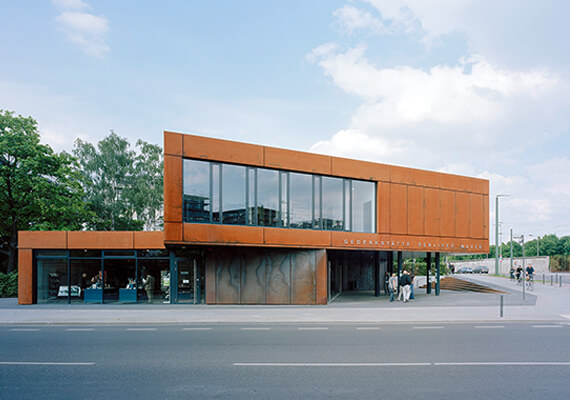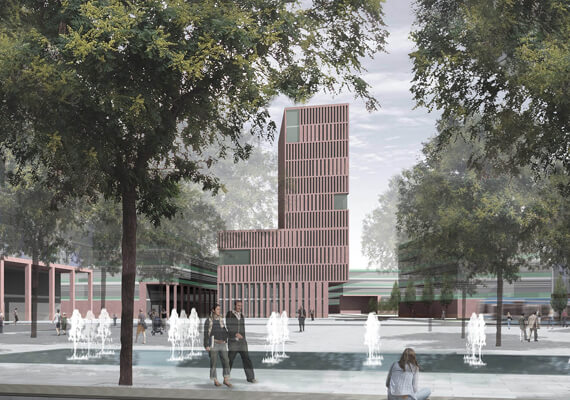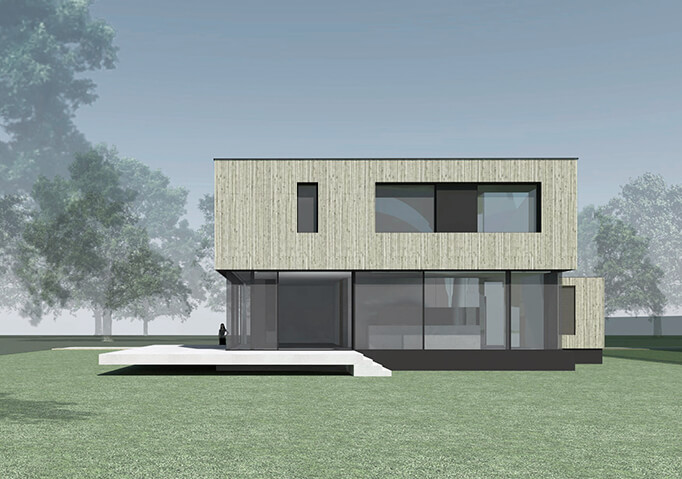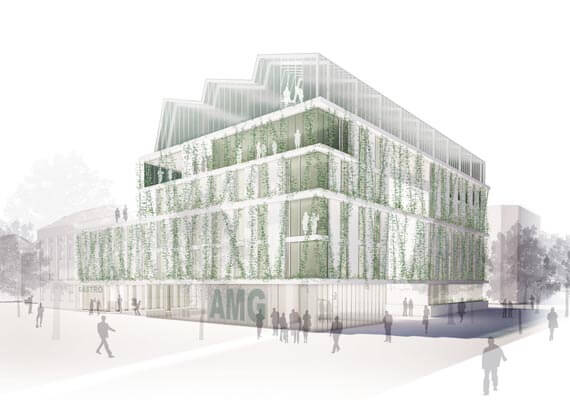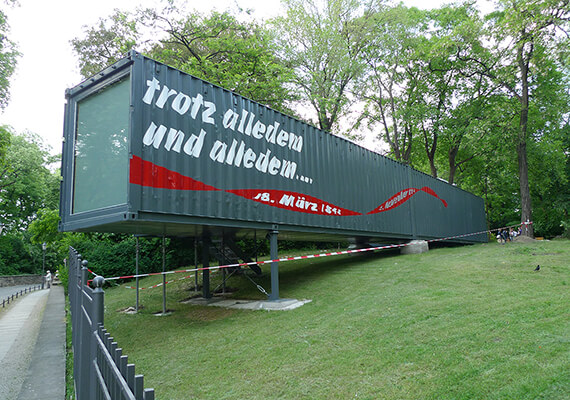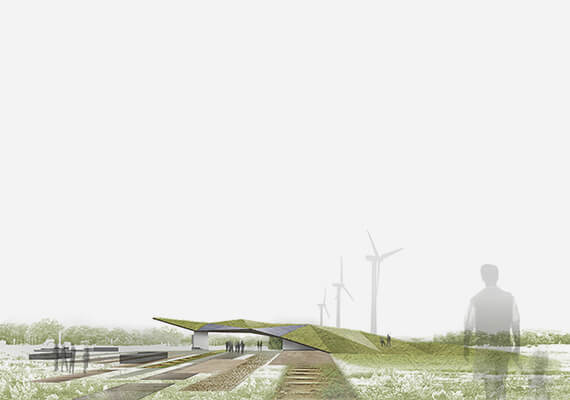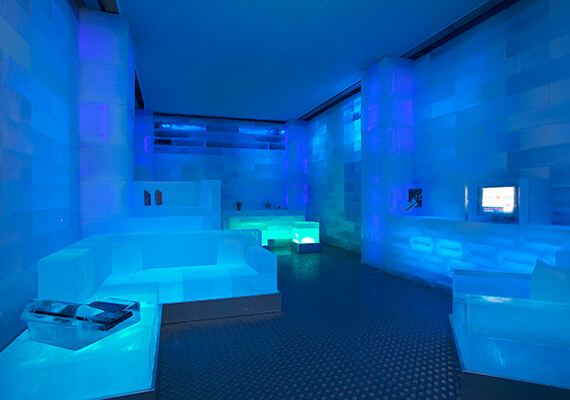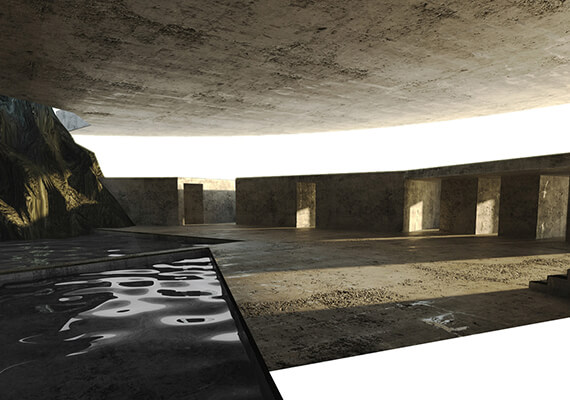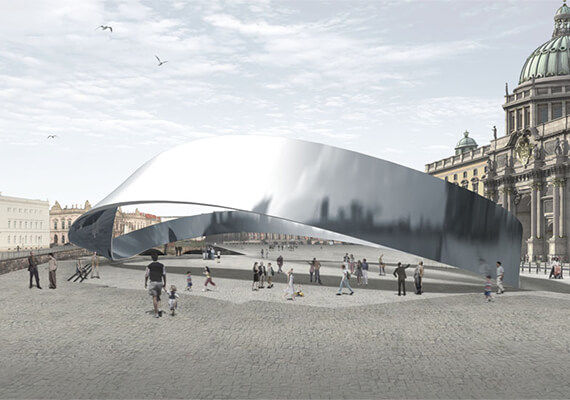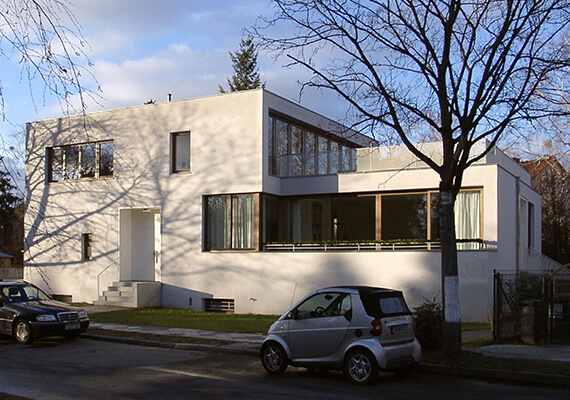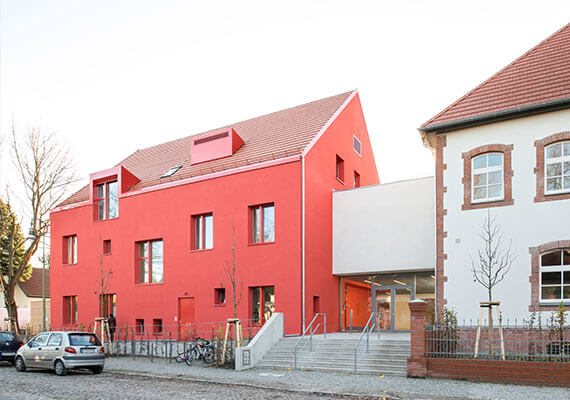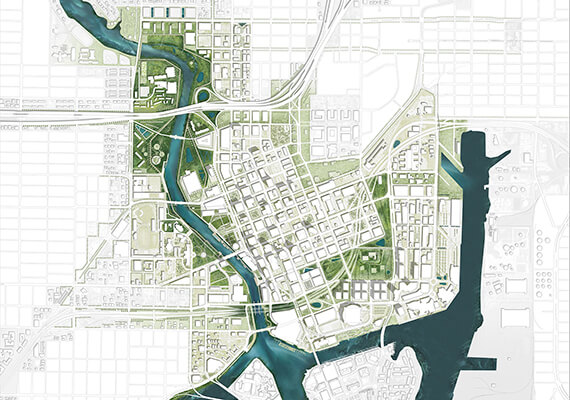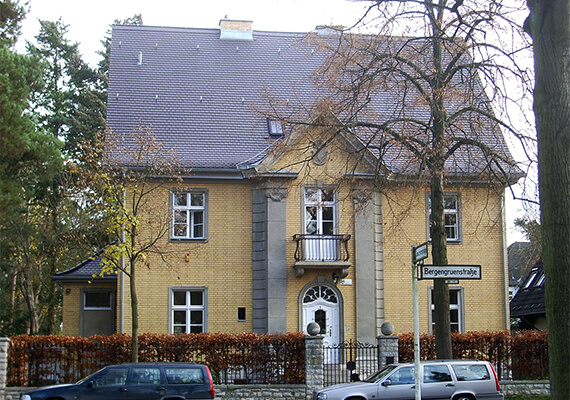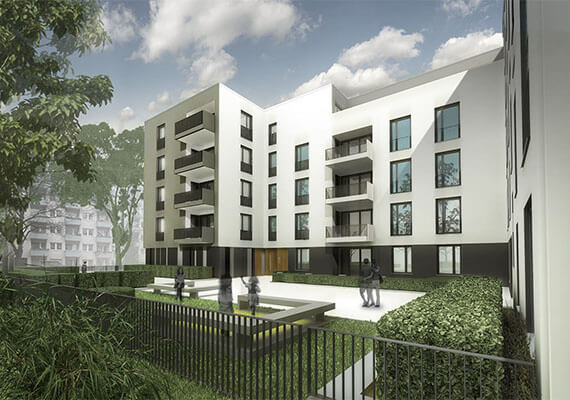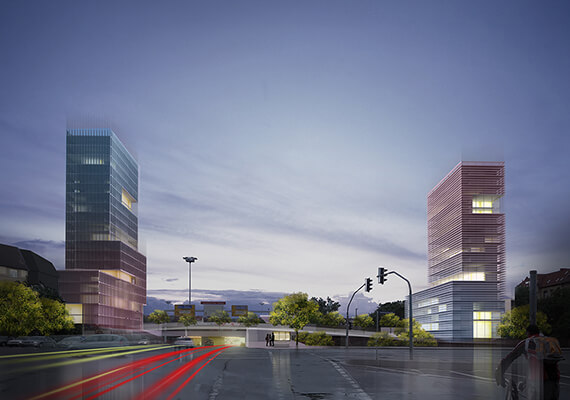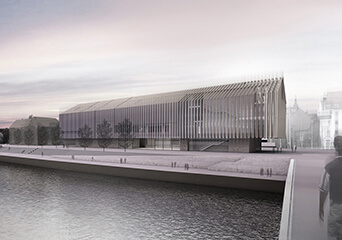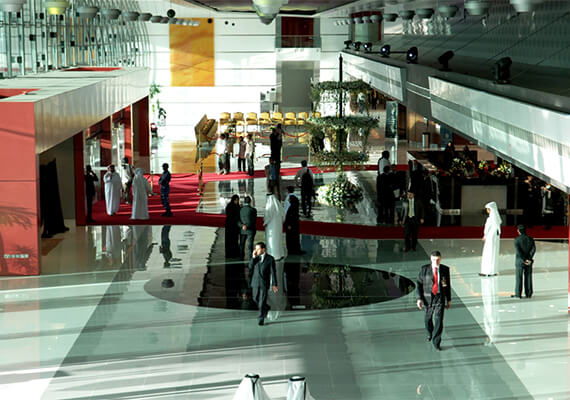Memorial to Freedom and Unity
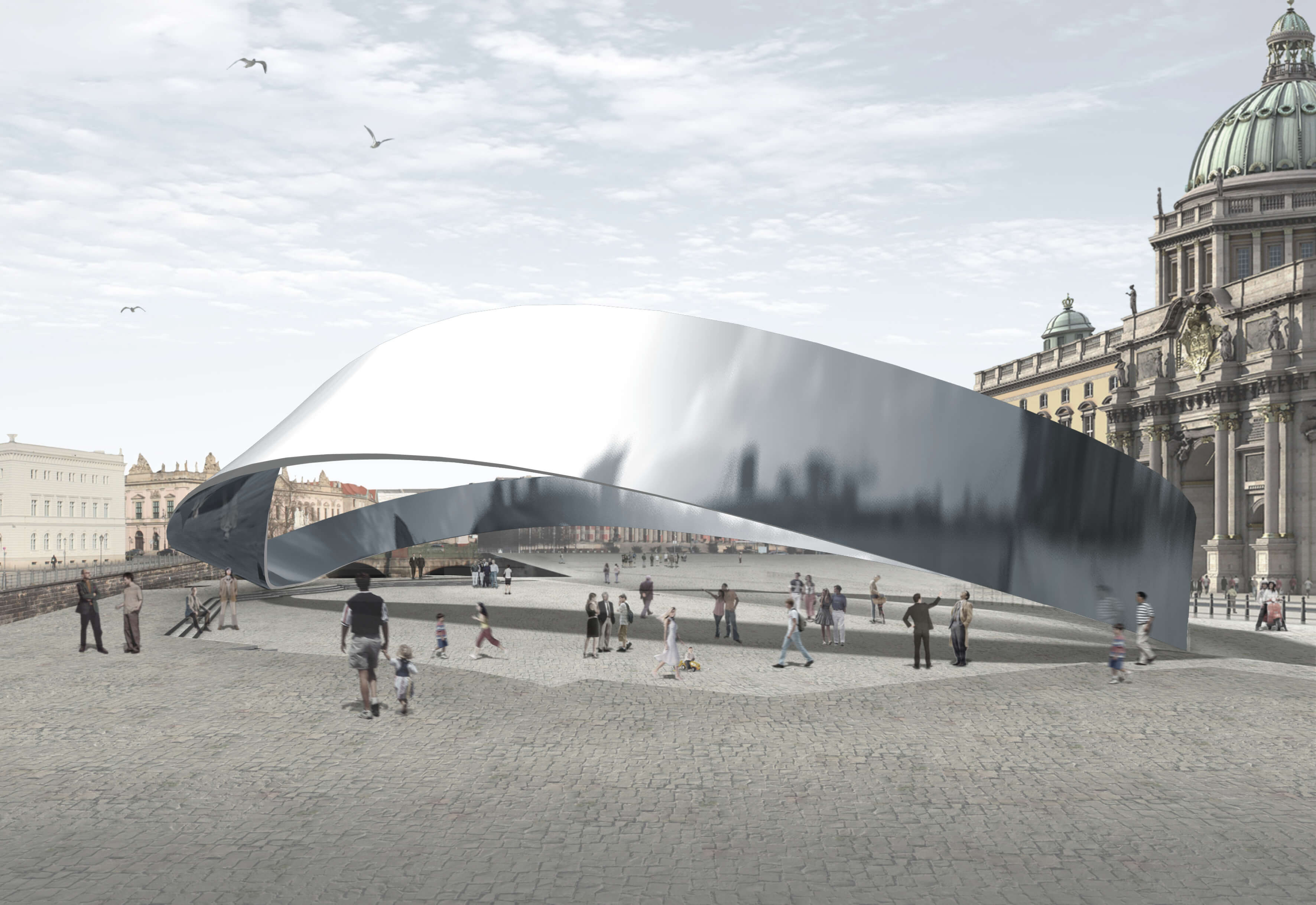

Mola + Winkelmüller Architekten GmbH BDA
Berlin, Germany, 2009
Client: Federal Republic of Germany
represented by the Federal Parliament (Bundestag)
Procedure: Open International Competition. 1 of 9 top entries from 532 entries
An annular twisted band defines the space with a powerful gesture. As if out of an inner force, the band rears up, rises and barely touches the ground. Almost dancing, it encloses its visitors and offers a moment of concentration in front of a unique urban setting. The reflective surface makes the band seem immaterial. The viewer recognizes himself in the community of visitors. The circular band spans the restored pedestal of the former monument. The royal equestrian statue is replaced by an open space for the public.
The horizontal extension and the expansive form of the space defining sculpture resist any assignment. Without wishing to compete, it easily defies her powerful neighbors. The pedestal of the former national monument is restored and can be experienced as a historical witness of the unity movement. Accessed by a ramp, it will becomes a place of information.
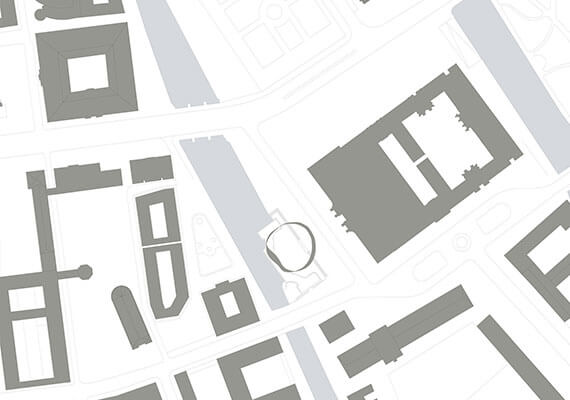

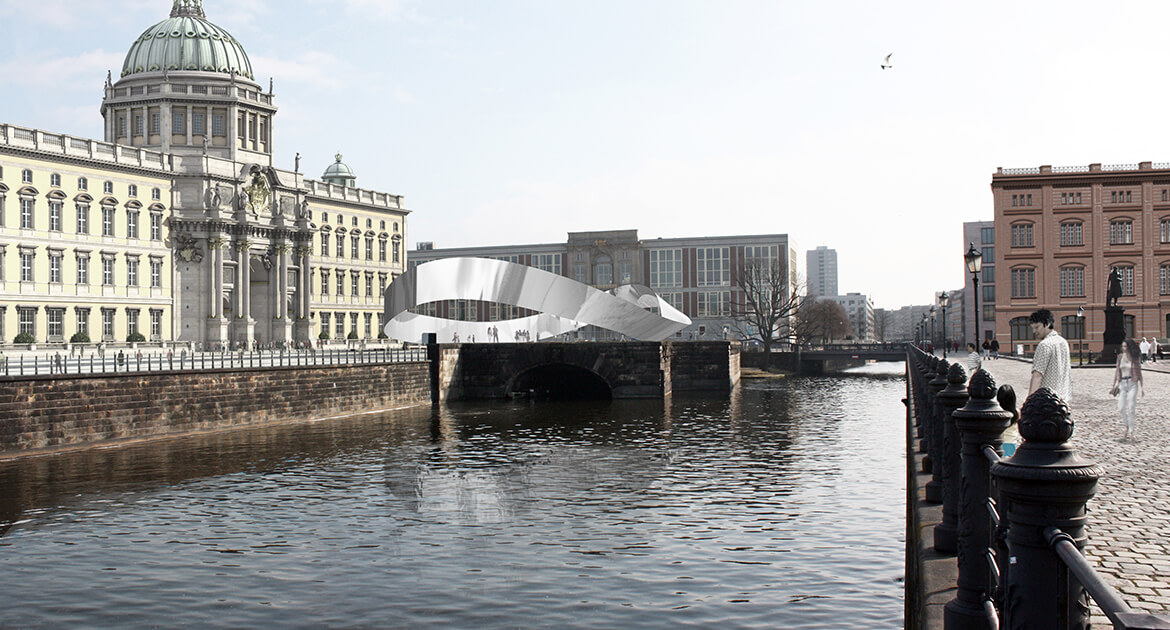

The project expresses the will to freedom and the solidarity of the German population in connection with the moving joy of reunification. The geometry of the design is based on a Möbius strip, a shape which has many fitting associations. It was discovered in 1858 at the same time by the Göttingen mathematician and physicist Johann Benedikt Listing and the Leipzig mathematician and astronomer August Ferdinand Möbius. The band is 6 m wide, about 35 cm thick and generates a space of about 45 m in diameter. The construction consists of a steel skeleton covered with a skin of stainless steel plates, which contribute to the stiffening. The vibration absorver in the cavity limits the movement of the sculpture.
